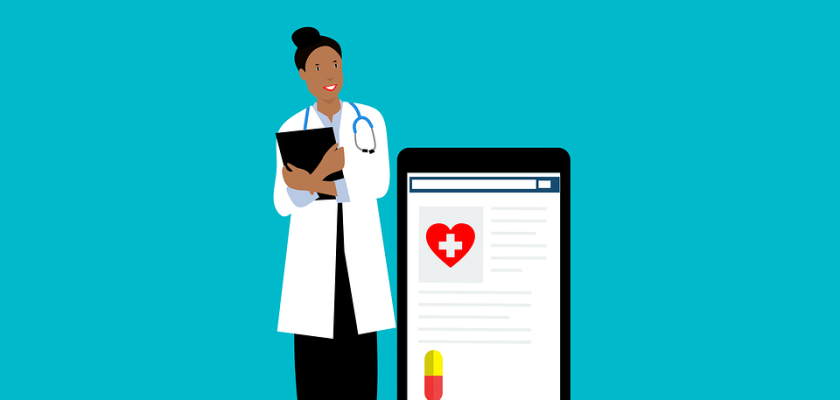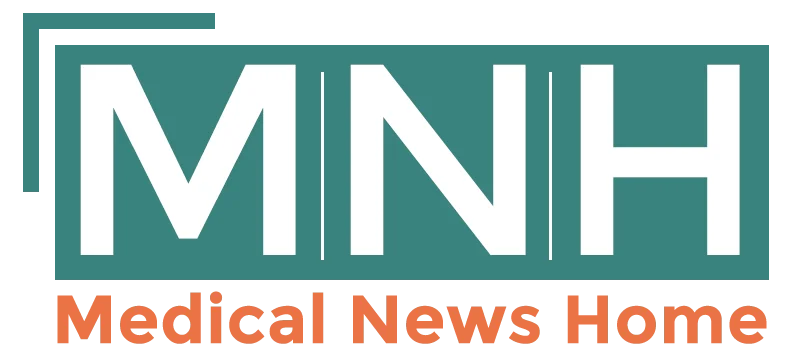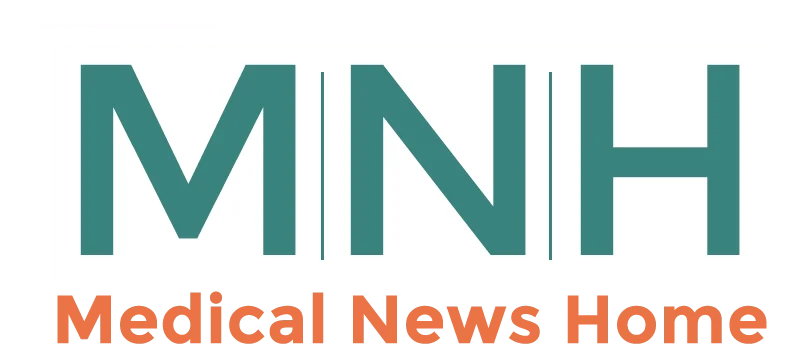Telemedicine and the Evolution of Remote Care
- Updated on: May 7, 2025
- Published on Aug 31, 2022

In 2020, millions of employees across the country will have embraced the benefits of virtual healthcare. Because the COVID-19 pandemic initially forced many primary care offices to temporarily close their doors to in-person appointments, many patients and providers relied solely on telemedicine visits. Despite the lifting of COVID-19 restrictions and the reopening of medical offices, the demand for virtual healthcare has remained high. Telemedicine is set to play a significant role in the healthcare landscape in the coming years, but when and how did it first appear? Let’s look at the history of telemedicine and what the future of virtual healthcare might look like.
Telemedicine’s Evolution
Telemedicine has existed in some form since the 1950s, according to Chiron Health’s brief history of telemedicine blog post. Telephones were used by universities and hospital systems to transfer records, consultations, and even patient images from one location to another. (In 1925, a rather interesting telemedicine concept was conceived. Hugo Gernsback created the “teledactyl,” a robot that provided a doctor with video game-like controls to remotely evaluate and diagnose a remote patient.
The goal was to connect with patients in remote areas and provide the same level of care as if they were in the same room as the medical professional. According to eVisit, the creator of a telemedicine patient engagement platform, the US government funneled a lot of money into public health and defense departments in the 1960s to drive research and innovation in telemedicine.
While telemedicine still allows hospitals to provide care in areas that are either remote or have limited access to health care professionals and equipment, it has evolved into a tool that provides convenience to an increasing number of patients. Smart devices and personal medical devices have accelerated this transformation. Patients can now track their own health using apps that run on their smartphones. Patients can also communicate with their primary care physicians using HIPAA-compliant messaging software, such as texts and emails.
Telehealth Advantages and Difficulties
While remote care and telehealth are becoming more popular, there are several advantages to this new method of healthcare. Among them are:
Patient engagement has improved
When the healthcare process is online and more accessible, people may be more likely to engage with the healthcare system, go in for regular check-ups, and follow-up with healthcare professionals.
Reduced expenses
Remote patient care lowers overhead costs per medical visit and reduces no-shows. Providers can also bill for missed phone calls and even extend their hours by using time that would otherwise be spent closing down a physical location.
Enhanced workflow and efficiency
By removing the physical component of a doctor’s visit, patients and physicians no longer need to drive from one room to the next. With telehealth, patient care and delivery can be prioritized more quickly, and a standard check-up becomes more efficient. Not only does this save time for patients and doctors, but it also increases patient satisfaction because the process runs more smoothly overall. Remote care and telehealth have advantages, but there are also drawbacks that providers should be aware of and prepare for.
Cybersecurity danger
With more patient meetings taking place via video chat, there is an increased risk of leaking information or even hacking on an insecure network.
Patients without internet access
Some patients may not have the necessary internet connection to access telehealth services. That could be because their internet is too slow for video chat or they don’t have any internet at all. Although some telehealth functions can be performed over the phone, this presents a challenge for providers who want to be able to assist everyone.
Insurance time lag
The coverage provided by health insurance varies by state and insurance company. Some insurance companies may be slow to embrace telehealth practices. Some insurers, for example, cover both video and phone calls, while others only cover video calls. Insurance provider regulation and the associated red tape will be a potential challenge for healthcare providers.
Classification of Telemedicine
There are three types of telemedicine solutions available to health care practices: remote patient monitoring (RPM), store-and-forward, and real-time.
Patient monitoring via the internet (RPM)
Remote patient monitoring (RPM), also known as telemonitoring, enables providers to track and monitor their chronic disease patients (diabetes, hypertension, etc.). RPM solutions provide vital patient data such as blood sugar or blood pressure levels to remote caregivers, allowing them to review such data in near real time and be notified if a measurement is abnormal. RPM solutions allow chronically ill, at-risk, or recovering patients to remain at home rather than being confined to a hospital or clinic.
Because RPM solutions simulate in-person communication, they rely on health tracking tools that accurately track patient health and efficiently transmit health data to the appropriate health care professionals. RPM solutions provide incredible value to health care providers; they reduce readmissions, improve the ability to practice effective preventive care, and strengthen the physician-patient relationship.
Examples of RPM telemedicine tools:
- Glucose monitors
- Wearable devices that monitor a person’s health and fitness levels
- Smart beds that monitor patients’ health, communicate with hospital devices and equipment, and make necessary adjustments automatically.
- Sensors that monitor patients’ gait and balance while using walkers and canes
Asynchronous/store-and-forward telemedicine
Asynchronous telemedicine solutions, also known as store-and-forward telemedicine, make it simple for providers to store and share patient medical data with other providers and practices. As a result, asynchronous telemedicine solutions must be secure, private, and HIPAA compliant.
Asynchronous telemedicine solutions provide providers with the same level of convenience that patients enjoy with real-time telemedicine. Instead of relying on a bottlenecked process to share critical patient data (during, say, a referral), a primary doctor can use technology to send an email with relevant information about a diagnosis for the benefit of the ancillary care provider. Asynchronous telemedicine improves both clinical communication and patient outcomes.
Patients, providers, technicians, and physicians can all receive and access the same patient information, such as lab results, X-rays, or other clinical documentation, without having to be in the same room at the same time.
Store-and-forward telemedicine examples:
- Teleradiology solutions that transmit X-rays of patients to another radiologist
- Teledermatology solutions that send photographs of patients for remote diagnosis
- Telepsychiatry solutions for remote behavioral health care
Telemedicine in real time
There is also synchronous telemedicine. It is also known as real-time telehealth because it allows physicians and patients to communicate in real time. Real-time telehealth solutions, in general, take the form of audio and video communication and serve to replace in-person visits. Real-time telehealth can be performed in the patient’s home or at a nearby medical facility.
Notably, while synchronous telemedicine provides patients and physicians with a simple, convenient way to receive and provide medical care, it was never intended to completely replace in-person visits. Virtual telemedicine allows for consultations, treatment recommendations, and patient monitoring, but it is intended to be a supplement to in-person medical treatment.
Real-time telemedicine examples:
- Video and audio conferencing in real time
- Virtual consultations in an emergency
- Follow-up visits from a distance
Telehealth and telemedicine are natural evolutions of the medical industry as a result of technological advancements in telecommunications, mobile devices, and online feedback. As the industry works double-time to keep up with ever-changing regulations and expectations in the delivery of care, health care is taking cues from other industries.
Changes in perspective in health care correlate with technological innovations that impact and influence telemedicine. Health care technological innovation enables physicians and providers to prioritize patient satisfaction and engagement, emphasize the importance of easy access to clinical services, and persuade vendors of the value of affordable and user-friendly health care software.


